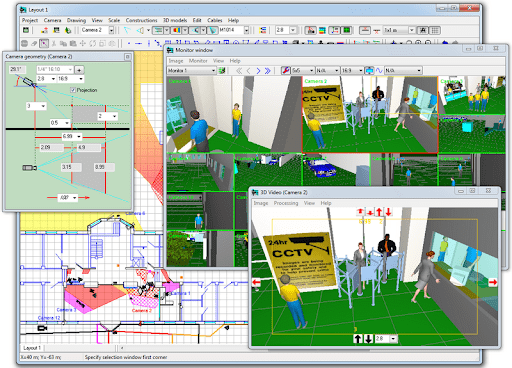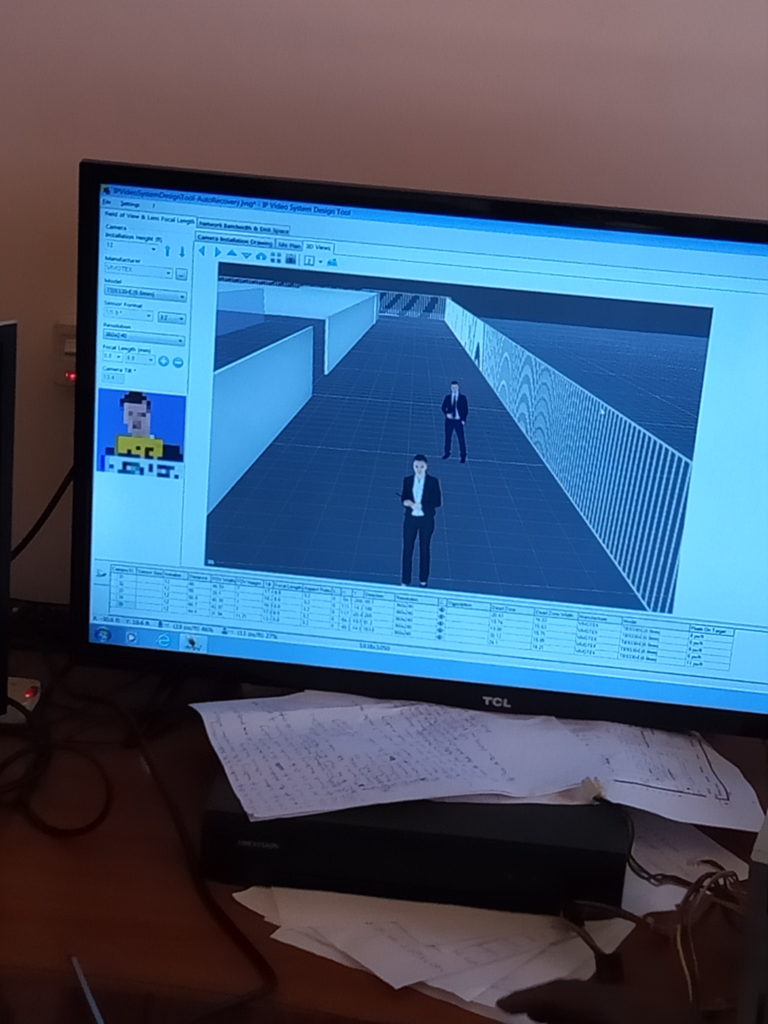0
SHARESThe Elephant in the room: Where do we go from here? is the Greatest Dilemma
Truth be told, with the current low prices that Electronic Surveillance Systems have come to, there has been an unprecedented demand for these systems by a majority of people in the middle class organizations, businesses and homes. There are, however, some things that have not become abundant. One of them is Professionalism. If anything, with all the cheap CCTV paraphernalia being thrown around and being offered for a song, there has never been more critical need for sound pre-installation survey as today. Walking or placing that call to an unqualified installer who disregards all the ethics and norms of carrying out installations in a property cannot only cost you monetarily but can prove catastrophic.
Survey or not survey

Here is your answer and the rest is left for you to weigh your circumstance.
When exactly is survey necessary?
A variety of factors can prompt a security-site survey, including:
- new construction,
- the start of a new operation within an institutional or commercial facility, or
- a response to threats.
Regardless of the primary instigating factor, the main purpose of a site survey is to ensure the organization’s existing security program adequately protects the organization’s assets. In the case of a focused Electronic Security System (ESS) site survey, the primary functions involve the electronic entry-control system, the intrusion-detection system, and the Closed-Circuit Television (CCTV) system. The survey focuses on the way the organization implements these systems and their effectiveness in protecting facilities, assets, and occupants.
Survey Components
Security consultants often initiate the discussion with maintenance and engineering managers by asking about the structure and state of the organization’s security program and the program’s perceived deficiencies. The consultant then identifies potential deficiencies, developing the framework for a security program and listing steps to achieve the organization’s goals, including project scope and budget. The mechanics of a security site survey are fairly straightforward, but the details can be difficult to implement, depending on the type of facility and mission. Essentially, managers and consultants need to consider these factors: Description of the facility or campus. Managers need to give the consultant a clear and concise understanding of the purpose of each facility and its integrated campus. After all, the ability to secure a facility depends in large part on its function. Existing system. One major contribution a survey makes to an existing program is documenting the existing system.
A comprehensive survey should note the location of every major security component, such as card readers, cameras, and intrusion-detection devices. At controlled, emergency-egress, or perimeter doors, managers should note the types of locks and egress devices to ensure functionality and code compliance.
Consultants use this data to evaluate the system’s adequacy and efficiency.
Communications infrastructure. The days of installing a dedicated communications infrastructure for a new security system are waning. While some special situations might justify a dedicated communications loop, more organizations are using existing network-type communications systems for security purposes. A comprehensive site survey should document the configuration, availability and capacity of existing communications networks. TraI

Regulatory requirements. In some instances, a site survey enables managers to compare the existing security program against regulatory requirements. This situation is particularly true for federal agencies, although some private organizations also fall into this category, due to insurance regulations and, depending on the industry, U.S. Department of Homeland Security regulations. The survey team must have a thorough understanding of these requirements before starting the survey. Power availability. As the general perception of threat increases, organizations are extending security systems to facilities once considered too remote to worry about. Many organizations have a number of remote facilities that are integral to the security and continued functioning of an organization, but often the facilities have limited available power. Site preparation. The survey team also should constantly look for facility conditions that will impede or preclude the effective use of an ESS. One example is poorly fitting or deteriorated doors that, even in the closed and locked position, move enough to trigger nuisance alarms from door-monitoring contacts, such as balanced magnetic switches. Also, at a high-risk facility that requires a perimeter-intrusion-detection system, the site terrain, fence condition, boundary-penetrating waterways, and culverts become critical implementation issues.

One key aspect of the site survey managers must consider is the threat and vulnerabilities associated with the site. These two issues generally determine operational requirements the security system must meet and the capabilities it must provide. Some federal sites have a current risk assessment the consultant can use to gauge the general threat to the site. But managers must take into account other considerations, including current national and international events and the criticality of the site’s mission.
